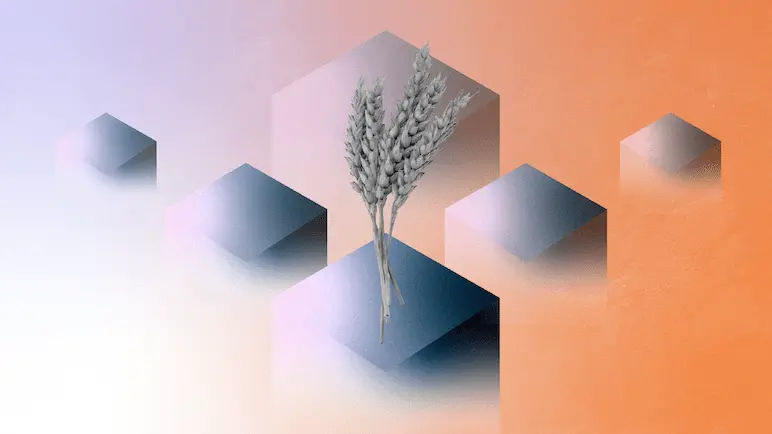Food Safety in a Digital Age
Where has food come from, and where is it going? Knowing this is crucial to sustaining food supply chains around the world, and as a result, there is a significant global push towards advancing food traceability. But what are the benefits and limitations of this movement, and what does it mean for the future of food?[1]
Tracing food through technology
But tracking and tracing all our food throughout its journey requires a huge amount of information - and how this information is collected, stored, distributed, and analyzed is key.
Technology will have a major role to play: in July 2020, the US Food and Drug Administration launched ‘The New Era of Smarter Food Safety Blueprint’, focusing on biological and digital traceability through real-time, secure digital transactions. Whole-genome sequencing is being proposed to help identify foodborne diseases at even the tiniest level, as is the use of artificial intelligence, the Internet of Things, sensor technologies, and blockchain - but which technologies offer the best path forward to a truly traceable food system?
Is blockchain the answer?
Blockchain technology is one of the most commonly lauded solutions for traceability in the food system. Blockchain is a public, uneditable ledger of digital transactions that doesn’t have to rely on a central trusted authority. Instead, it’s an information democracy - made reliable by all parties in the food system reaching a consensus on what is the truth. Blockchain’s success as the technology that underpins Bitcoin (a digital currency that doesn’t rely on traditional banks) has led many to see it as the way forward for rebuilding the trust that has eroded away from the food industry.

But blockchain alone will not create a trustworthy and traceable food system. One core limitation is that, unlike the wholly digital Bitcoin, food is physical. This means that actors in our food system must upload information about food to the blockchain: While this information cannot be changed once uploaded, there is nothing stopping producers, processors, or suppliers from making mistakes or deliberately falsifying the information they upload. Alone, blockchain does not solve the issue of trust: it cannot ensure that the story we are told is an accurate reflection of the journey our food has taken in reality.
[2]
Blockchain has practical limitations too: setting up a network is expensive, energy-intensive, and would require a huge amount of infrastructure and engagement from key players. Lower-income regions could benefit the most from a functioning food traceability system (as they suffer most significantly from foodborne diseases) but generally have weaker internet and digital infrastructure systems - both of which are essential for blockchain-based solutions to be feasible.
Alternatives for food tracing
Instead, adaptable and localized digital databases could be a more realistic and affordable solution to food traceability. Farmforce is an example of web-based traceability software that enables smallholder
[3]
Trust and buy-in
Regardless of the technology we use, the key to creating a traceable food system is getting everyone on board. For investment, adoption, and new regulations to take hold, governments need to be willing to drive forward development in this area. Solutions must also clearly bring real benefits to both consumers and industry, be tailored to different supply chains, and be low-to-no cost for smallholder producers. There is hope yet for a culture shift away from paper-based records and towards comprehensive digital traceability of our food, but if we build tools that people in our food system aren’t able and willing to use, we won’t get far.






Comments
Post a Comment